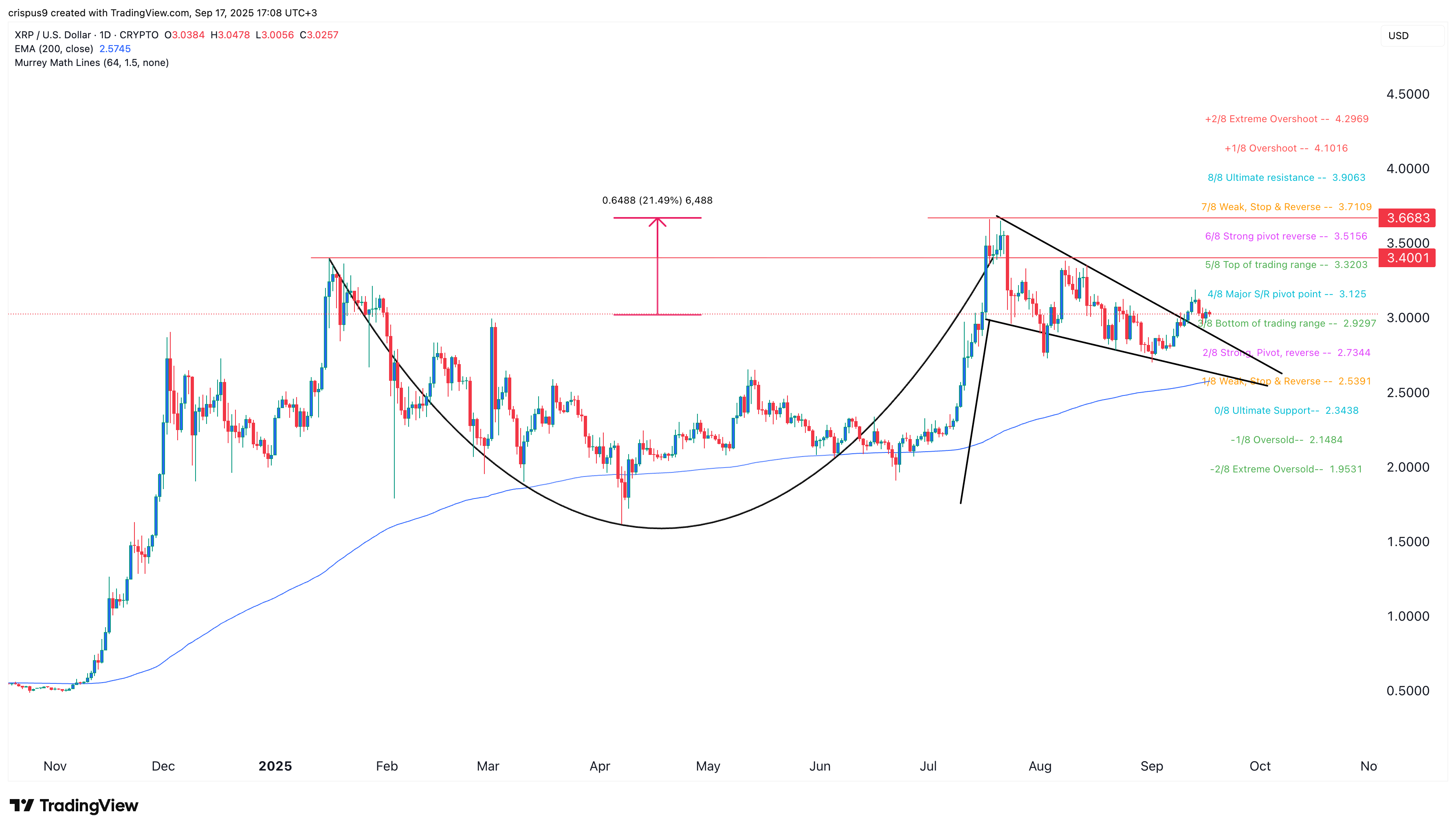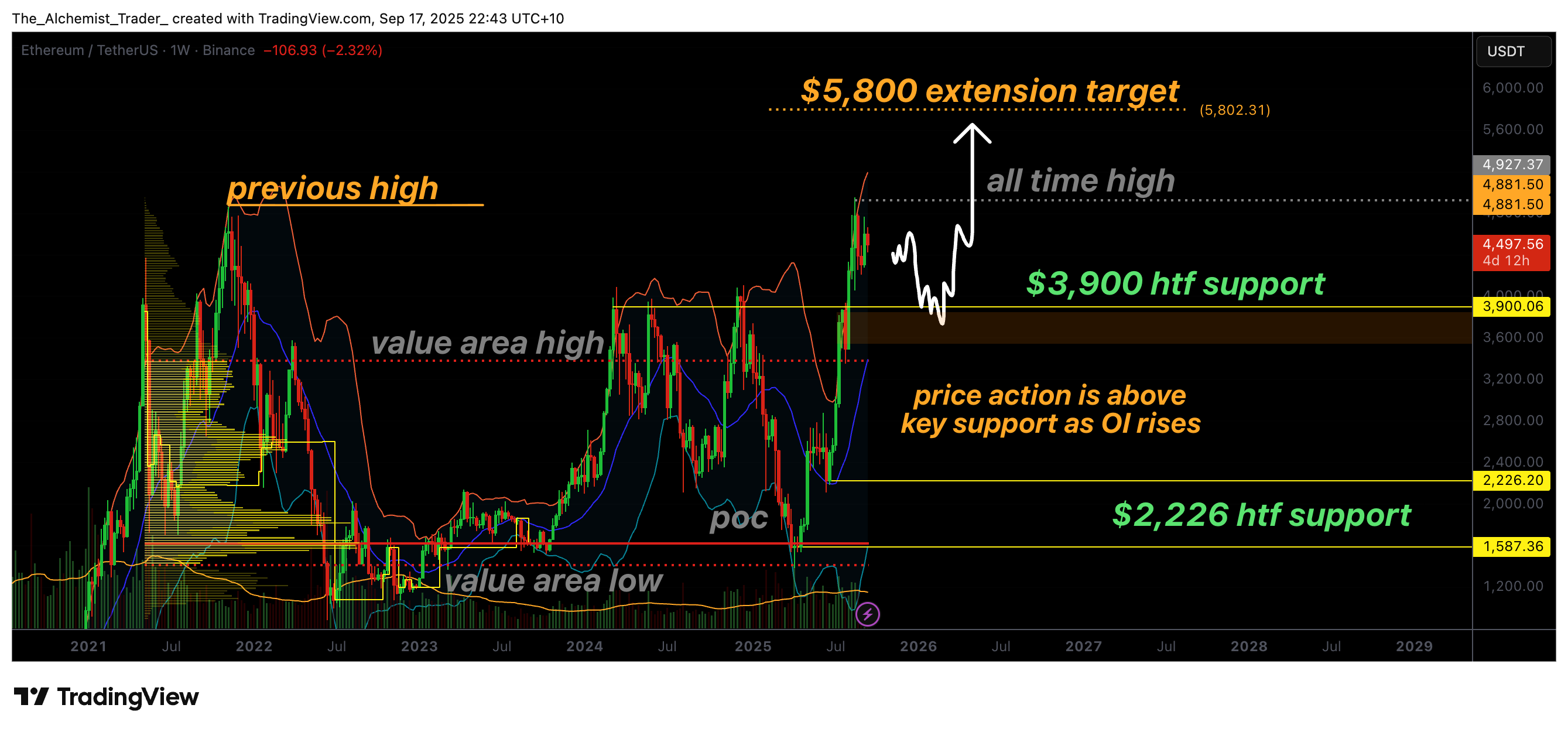analyzing market forces, economic triggers, and prevailing sentiment

Bitcoin’s recent price stagnation has caught the attention of traders and market analysts alike. The largest cryptocurrency is currently confined to a narrow trading range, posing a question that permeates the crypto space: what’s next for Bitcoin? This article seeks to answer this question by diving deep into factors that could shape Bitcoin’s near-term trajectory.
We examine upcoming macroeconomic events, such as the release of the Personal Consumption Expenditures (PCE) Index, and their potential to shift market expectations.
We will also explore the nuanced dynamics of the Bitcoin supply chain, tracking the activities of long and short-term HODLers, and their impact on price. Further, we delve into a detailed analysis by CryptoQuant that illuminates the crucial role of market forces, such as profit-taking by long-term holders, whale activity, and changes in stablecoin demand.
Finally, we turn to social trends and sentiment indices, offering insights into the prevailing mood of the crypto market. Despite the seeming doom and gloom, there are indications that trader anxiety may be a precursor to a potential market rebound. This comprehensive exploration aims to provide a panoramic view of Bitcoin’s current market scenario and possible future directions.
Bitcoin’s price stagnation
Bitcoin’s price begins a fresh week nestled within a price bracket that is vexing traders and leaves little room for prediction—so what comes next?
Following a relatively inactive weekend, the leading cryptocurrency lacks a clear trajectory, and even significant macroeconomic events have been unable to disrupt the status quo.
Approximately 10% under the $30,000 threshold, BTC/USD is merely keeping afloat. Despite predictions for an additional downturn, the market is wrestling with a minimal trading range. Liquidity is available above and below, but as of now, only a hint of a liquidity surge has come to light.
The forthcoming days may hold unexpected macroeconomic revelations. However, experts concur that it would necessitate a notable data shift to dislodge the tenacious Bitcoin.
Conversely, on-chain indicators also depict a period of consolidation following the swift profits witnessed in Q1.
Where’s the cash flow?
The current performance of Bitcoin’s spot price is causing traders to furrow their brows—not due to its erratic nature, but rather the absence of it. In what seems like a peculiar set of circumstances, BTC/USD is confined within a few hundred dollar range, with no external factor having succeeded in altering the sentiment.
Even recent comments from Jerome Powell, the United States Federal Reserve (fed) chair, failed to drive Bitcoin’s price up or down. Consequently, traders are mainly biding their time, awaiting signals. On X, formerly Twitter, Crypto Tony said, “If we fall below $26,600 and seal it with a 4-hour candle closure, I’ll consider shorting. Bears have driven us to support, but can they pull us down and close below that?”
The slim range of shy of $27,000 has been Bitcoin’s dwelling since May 13. Beyond that, long and short liquidity is primed.
Data from Gate.io crypto exchange suggests a shift to $25,800 could trigger a domino effect. Others are considering historical trends, with Stockmoney Lizards likening Bitcoin’s current behavior to its performance post the 2015 bear market.
Some anticipate that the present price behavior is a precursor to a more substantial drop toward $24,000.
However, when considering volatility, Bitcoin is presently at its most stable since the year began, according to data from monitoring resource CoinGlass.
Market triggers and interest rate policy
This week is poised to witness an uptick in macroeconomic triggers, with May 26 earmarked for releasing an array of economic data, including the crucial PCE Index.
The PCE Index is a critical determinant in the Fed’s interest rate policy formulation, and its readings can rapidly shift market anticipations for rate adjustments. This scenario played out during Powell’s previous address, where the likelihood of a rate hike pause jumped from 60% to 80%.
As of May 22, these probabilities persist at approximately 86%, per CME Group’s FedWatch Tool. The upcoming policy decision is slated for three weeks later.
The gap between market projections and the Fed’s conservative rhetoric remains significant. Powell addressed this in his recent speech, noting that the discrepancy “seems to be a reflection of simply a different forecast, one where inflation retreats much more swiftly,” and that there’s no absolute certainty of this happening.
Moreover, May 24 is slated to release the minutes from this month’s Federal Open Market Committee (FOMC) meeting, during which the most recent rate hike was agreed upon. Market players will be keen to dissect the precise language used by Fed members during the session.
Another matter of contention lies in the impasse of the US debt ceiling, with negotiations at a standstill last week.
Bitcoin supply consolidation
Shifting gears to Bitcoin, on-chain data reflects a period of consolidation for the BTC supply, with a noticeable lack of movement compared to recent months.
Data from on-chain analytics firm Glassnode indicates that the portion of the supply last active within the past three to six months has reached a three-month low. This aligns with the period from December 2022 to February 2023, suggesting that HODLers are refraining from action following last year’s bear market, which paved the way for Bitcoin’s 70% Q1 gains.
Simultaneously, the aftermath of the subsequent downturn is reflected in HODLers’ unrealized profit, currently at the lowest point in a month.
This could lead to a reevaluation of expectations among Bitcoin speculators, categorized as short-term holders (STHs) with positions three months old or less. With BTC/USD gradually nearing their current average cost basis, a downward trend is apparent.
Earlier in May, Glassnode suggested that such a profitability “reset” tends to provide substantial price support. However, exploring the STH market value to realized value (MVRV) metric, which stood at 1.15 then, implied that a reset might necessitate a dip below $25,000 before adding that “a deeper market correction may bring the STH-MVRV back to a break-even value of 1.0 at $24.4K”, a point that has “proven to be a support point in upward-trending markets” in the past.
As of May 21, the STH-MVRV stood at 1.047.
Analysis of market forces
CryptoQuant’s recent analysis presents a more nuanced picture of the market forces at play. Specifically, their Quicktake market update on May 17 pointed to profit realization and whale activity as critical factors influencing recent BTC price trends, noting that “the latest Bitcoin price dip was accompanied by Long-Term Holders (LTHs) capitalizing on the year’s highest profit ratio, over 34%.
Regarding whales, the same analysis referenced the exchange whale ratio, which hints towards the size of the top ten exchange inflow transactions relative to the total. This downturn is also influenced by whales leading the charge in depositing Bitcoin into exchanges, as evidenced by the early May surge in the Exchange Whale Ratio.
Recent updates from CryptoQuant shed light on other intriguing patterns. The platform’s US to Rest Reserve Ratio, which signifies “US entities (exchanges, banks, funds) [Bitcoin] supply divided by the rest,” has been on a decline in recent months, indicating a shift of their capital to both centralized and decentralized global exchanges.
Additionally, stablecoin demand has declined since February 2022 — the supply has fallen from $99 billion to $71.1 billion. This coincides with the dip in Bitcoin prices, which experienced a 50% drop in the same timeframe. The reduced stablecoin supply across exchanges signals decreased demand for BTC and other cryptocurrencies.
Consequently, despite Bitcoin experiencing a 60% increase in 2023, it remains under selling pressure. This detailed analysis underscores the intricate interplay of various factors influencing Bitcoin’s price behavior.
Prevailing market sentiment
In addition to on-chain analytics, social trends indicate that the prevailing sentiment among crypto market participants is increasingly one of apprehension.
The Crypto Fear & Greed Index has fallen to match the lows observed two months ago. It is currently positioned below the neutral 50 mark and starkly contrasted to its state during April’s $31,000 local BTC price highs.
Accordingly, the general market expectation leans towards further adverse conditions. Although the Fear & Greed Index remains broadly within the “neutral” territory, it isn’t the only measure reflecting traders’ pessimism.
Research firm Santiment noted on May 19 that “as Bitcoin retests the $26k mark, there is a noticeable surge in trader anxiety, with fears of prices potentially returning to the $20k to $25k range.” They also added that “the social dominance of BTC has seen a significant spike, a phenomenon typically associated with fear. Such fear signals often precede a market rebound.”
Final words
While Bitcoin’s current trading range and lackluster price action may present a landscape of stagnation and uncertainty, it’s essential to recognize the inherent dynamism and resilience of the cryptocurrency market. The myriad factors discussed – macroeconomic triggers, on-chain data, market forces, and prevailing sentiment – all contribute to a complex, ever-shifting panorama.
Despite the current air of apprehension, history has repeatedly demonstrated that such periods of consolidation and anxiety often lay the groundwork for subsequent rebounds. Moreover, the evidence of trader fear, indicated by indices such as the Crypto Fear & Greed Index, could be a precursor to a market turnaround, as fear signals have often preceded rebounds.
The continual evolution of Bitcoin’s market dynamics underscores the importance of a comprehensive and multifaceted analysis. While the short-term picture may seem daunting, an optimistic perspective looks beyond the immediate fluctuations to the long-term potential of Bitcoin. As we navigate the uncertainties of the current market, it is crucial to remember the transformative power and resilience that Bitcoin has displayed over the years. The potential for a rebound remains a constant, underlining Bitcoin’s enduring appeal and ability to surprise, evolve, and grow.
Disclosure: This content is provided by a third party. crypto.news does not endorse any product mentioned on this page. Users must do their own research before taking any actions related to the company.




